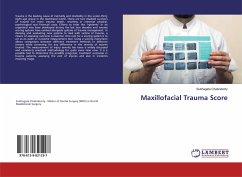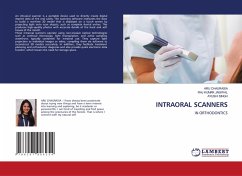Trauma is the leading cause of mortality and morbidity in the under-thirty eight age group in the developed world. There are two disabled survivors of trauma for every trauma death, resulting in immense physical, psychological and financial costs. Efforts to treat this 'epidemic' in an organized way have developed during the last two decades and trauma scoring systems have evolved alongside systems of trauma management. In devising and evaluating new systems to deal with victims of trauma, a means of assessing outcome is essential. One role for a scoring system is to act as an audit or outcome measurement tool. Using a scoring instrument allows comparison between different treatment methods or different centers while correcting for any difference in the severity of injuries treated. The measurement of injury severity has been a widely discussed and commonly practiced methodology for quite some time now. It is a possible tool to determine the possible prognosis, treatment outcomesin trauma patients, assessing the cost of injuries and also in incidents involving triage.
Bitte wählen Sie Ihr Anliegen aus.
Rechnungen
Retourenschein anfordern
Bestellstatus
Storno








